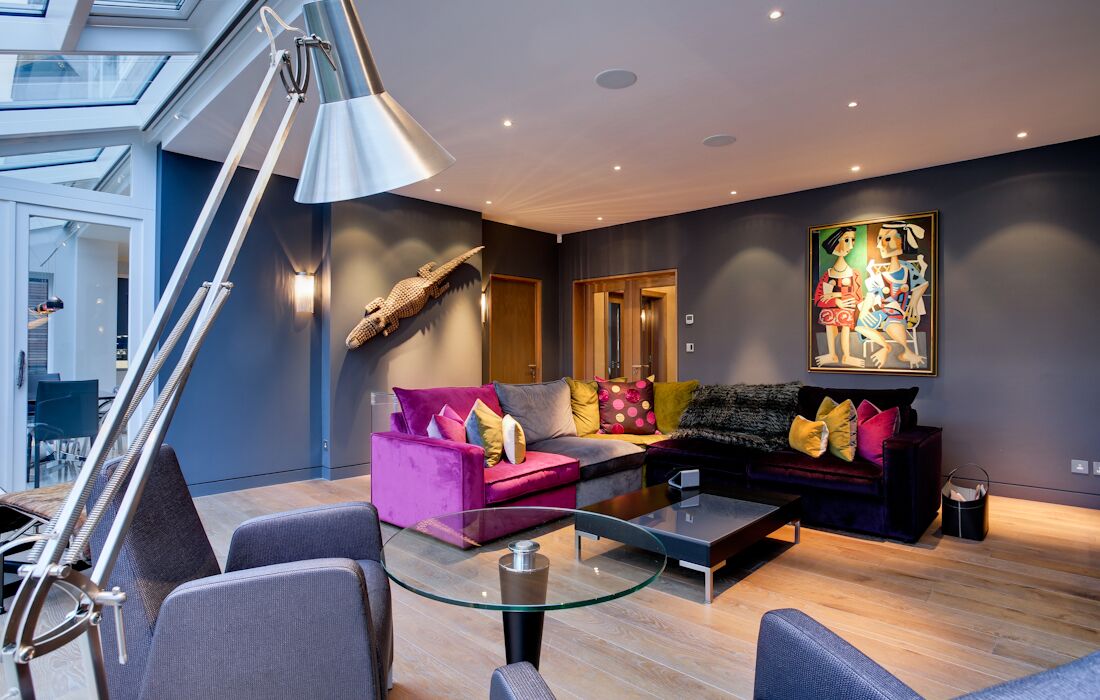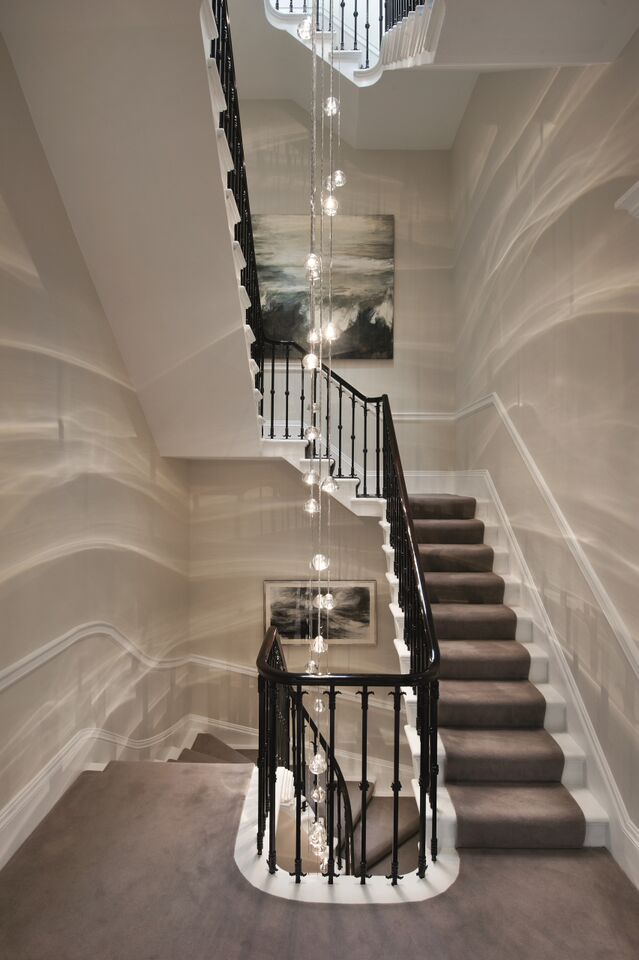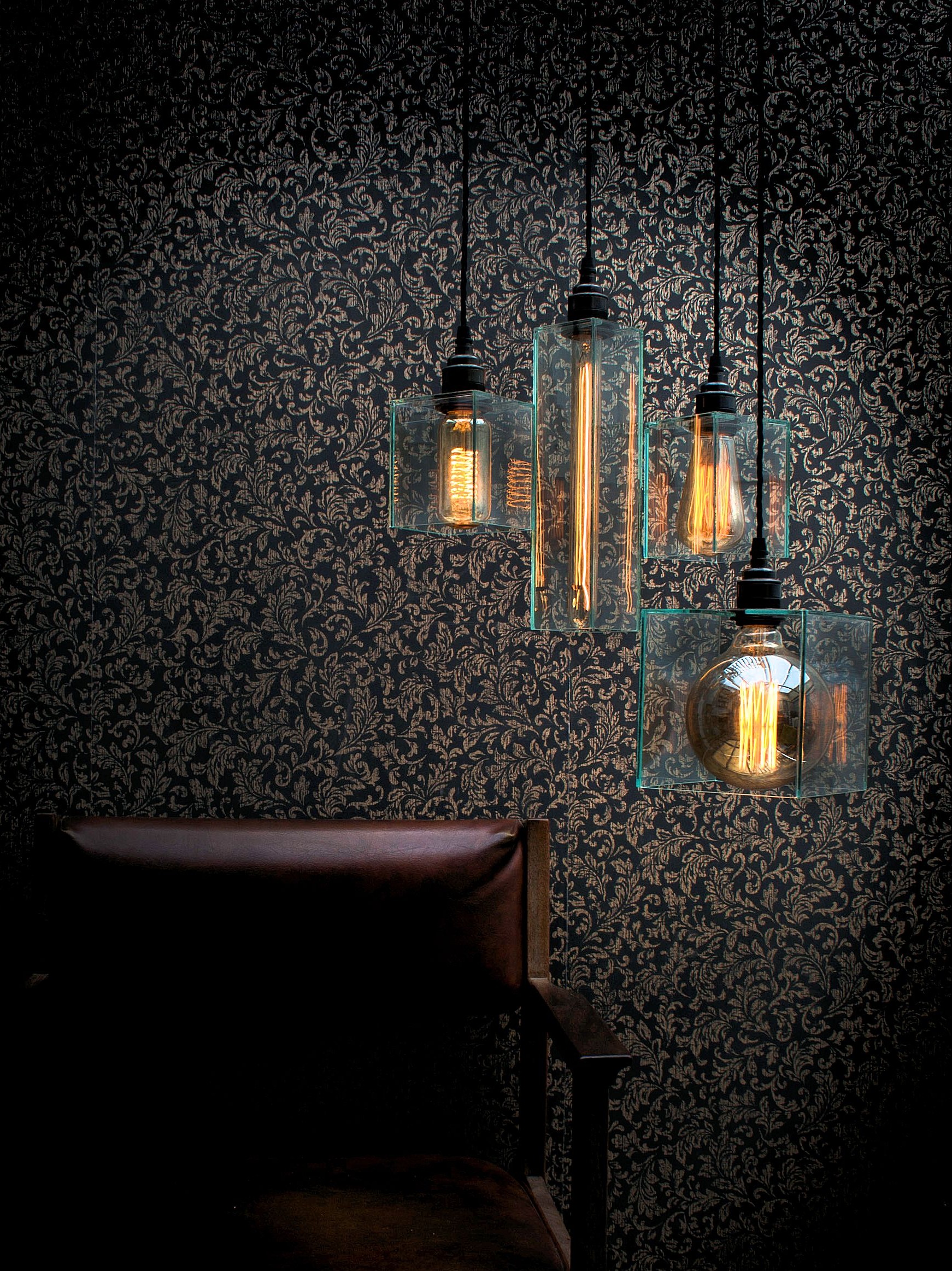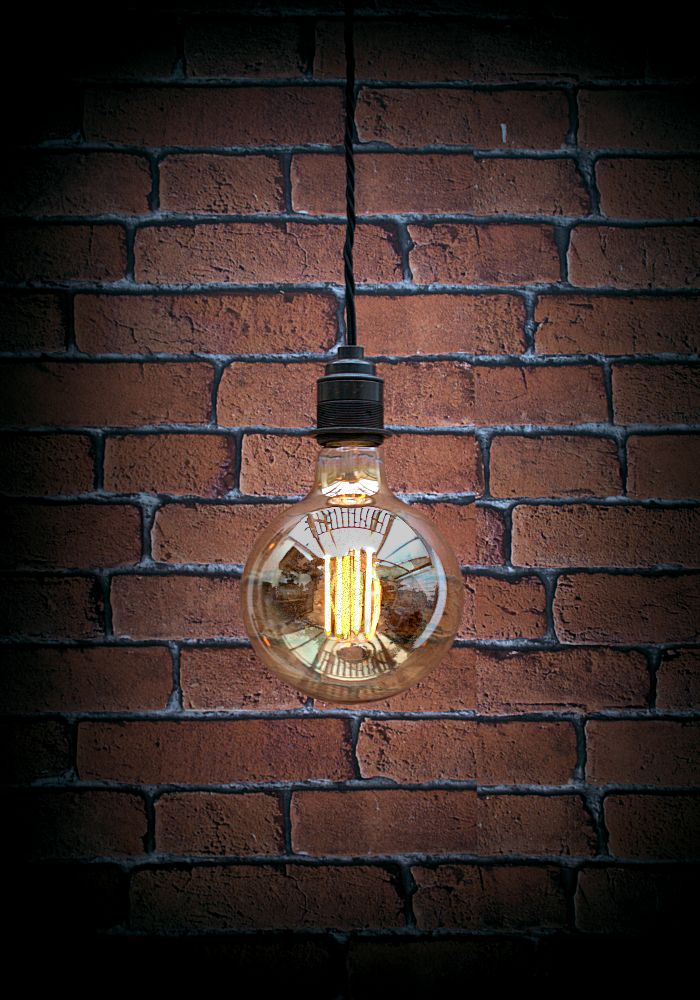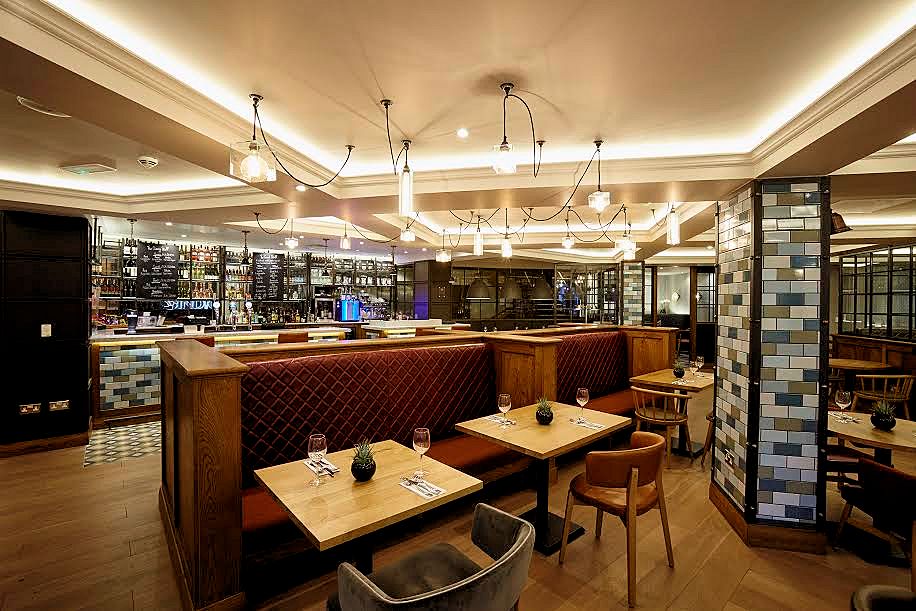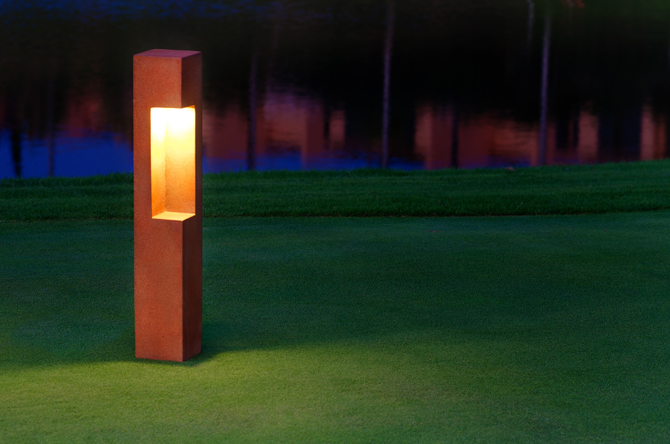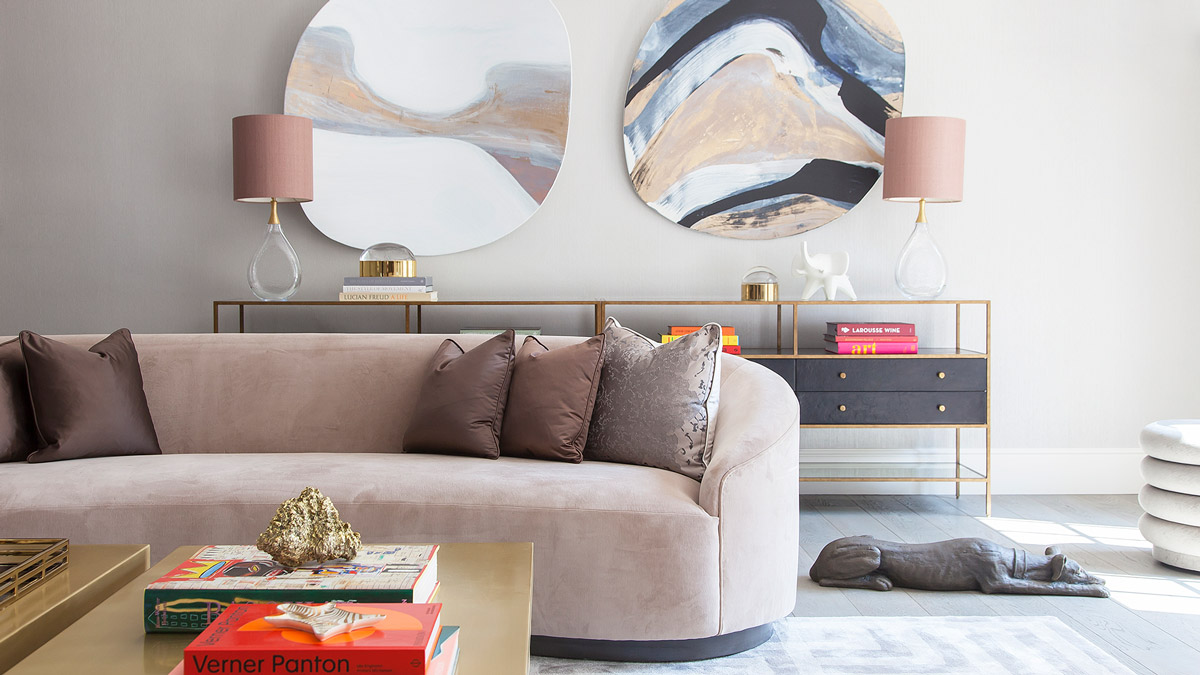
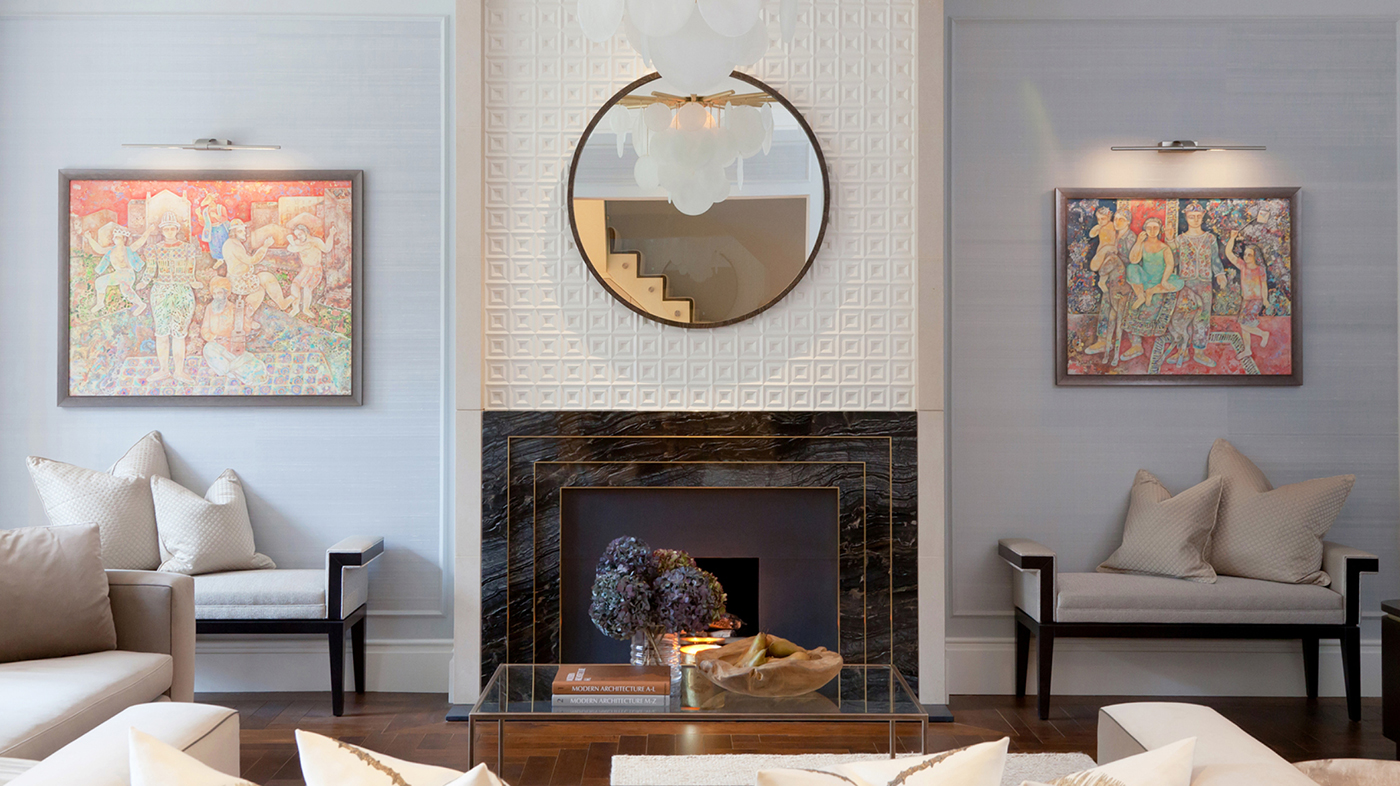
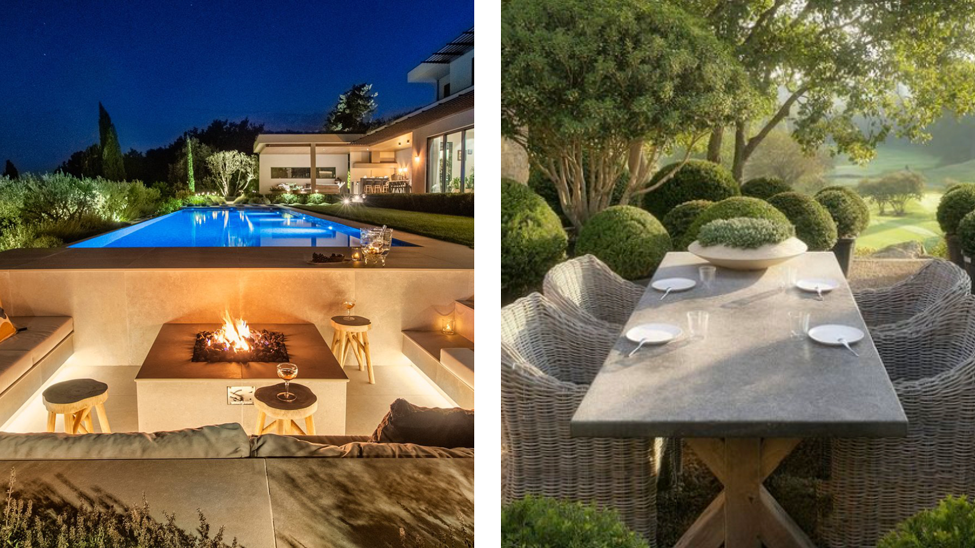
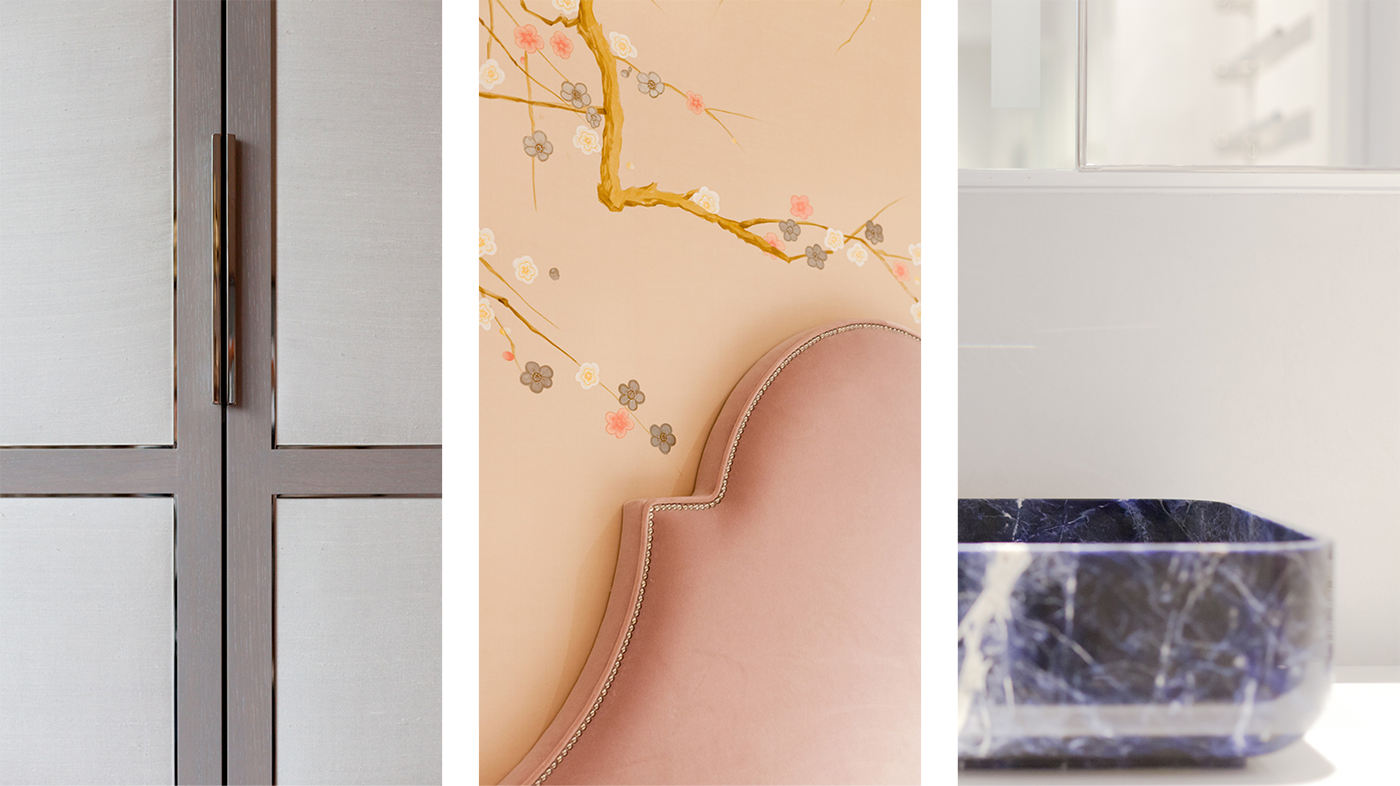
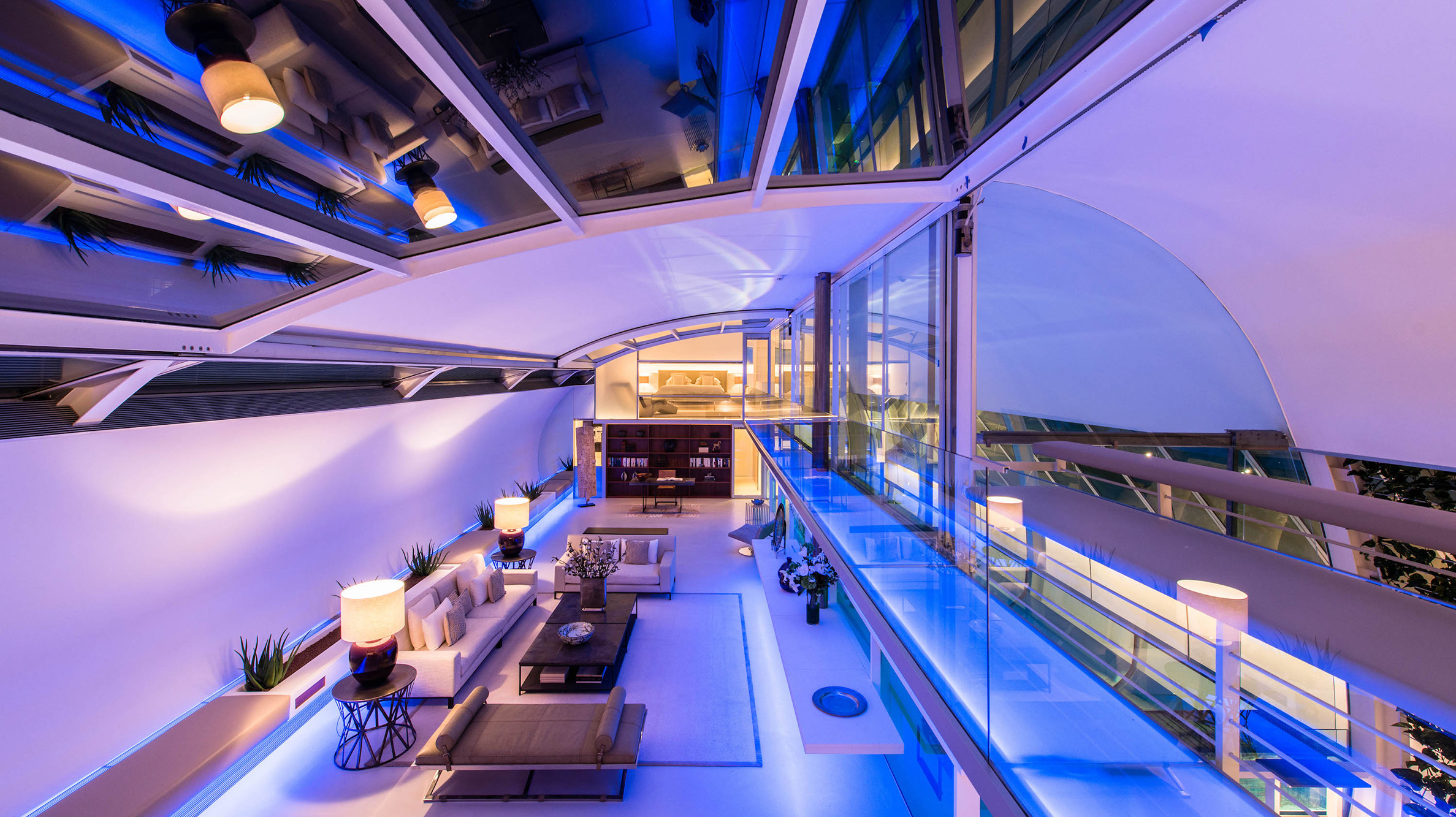
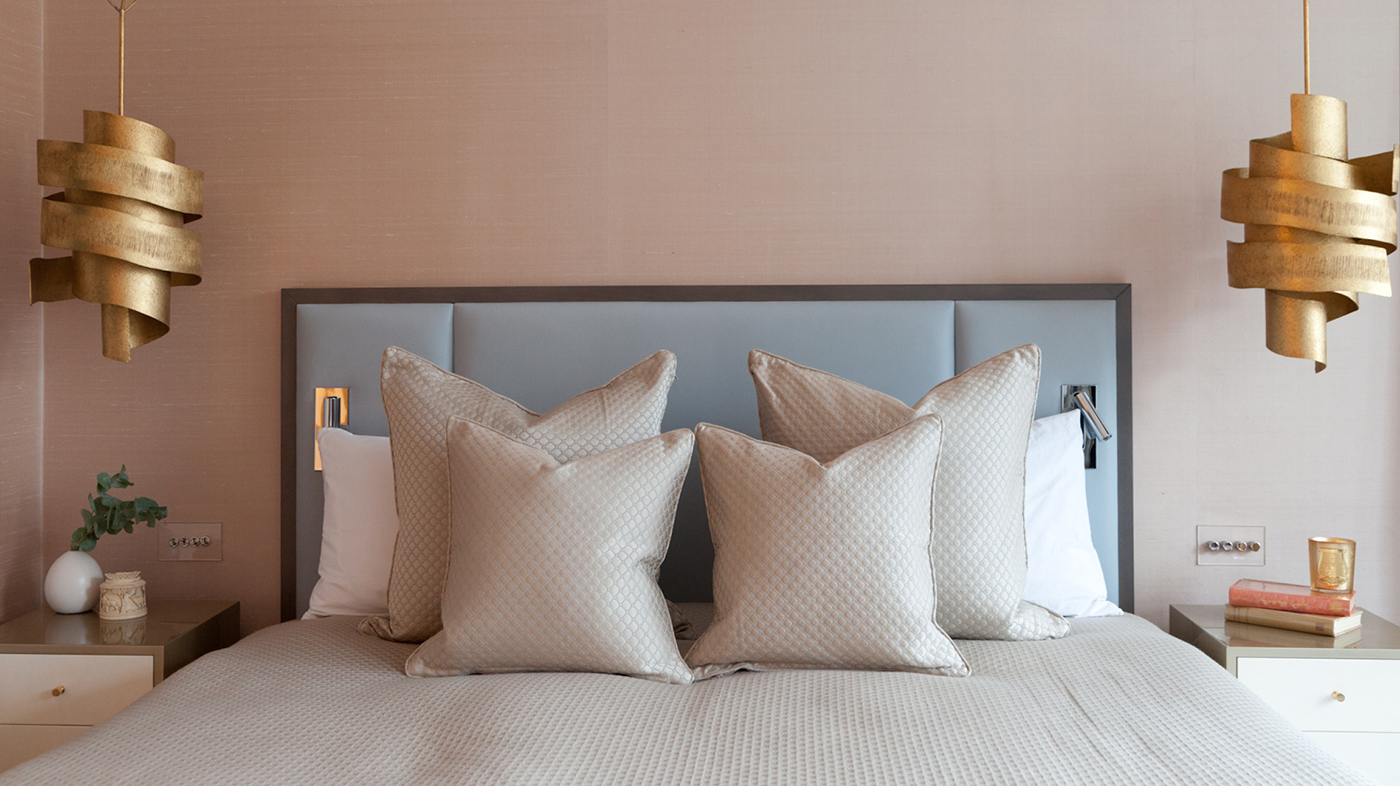
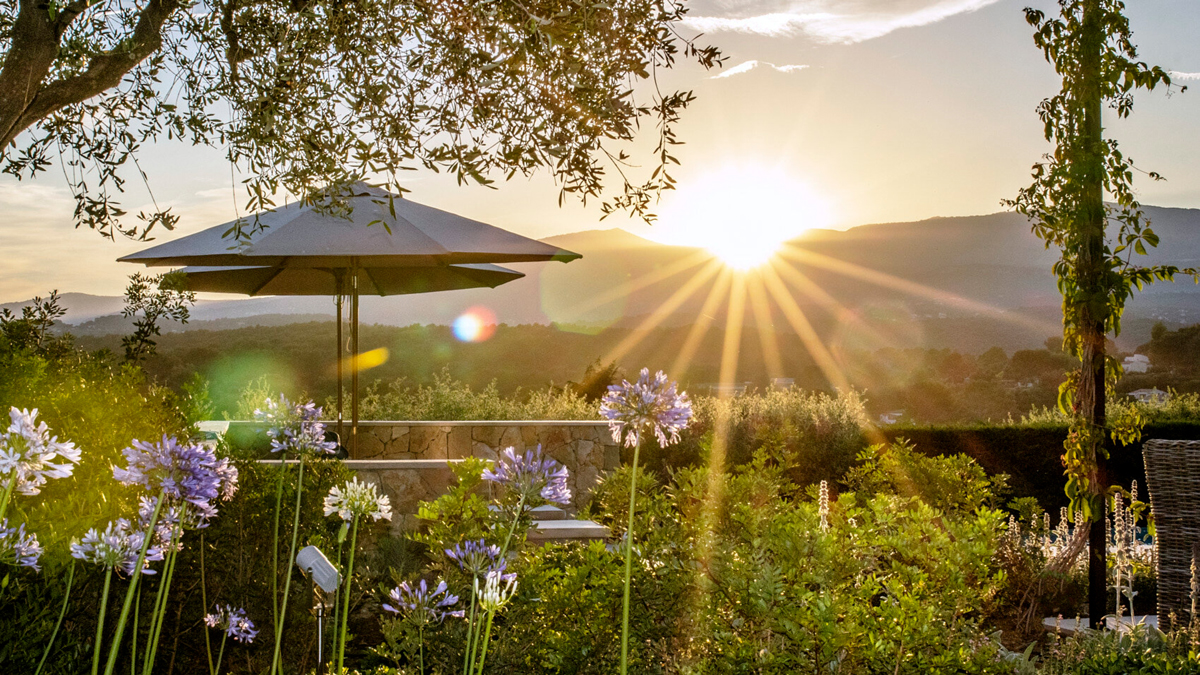
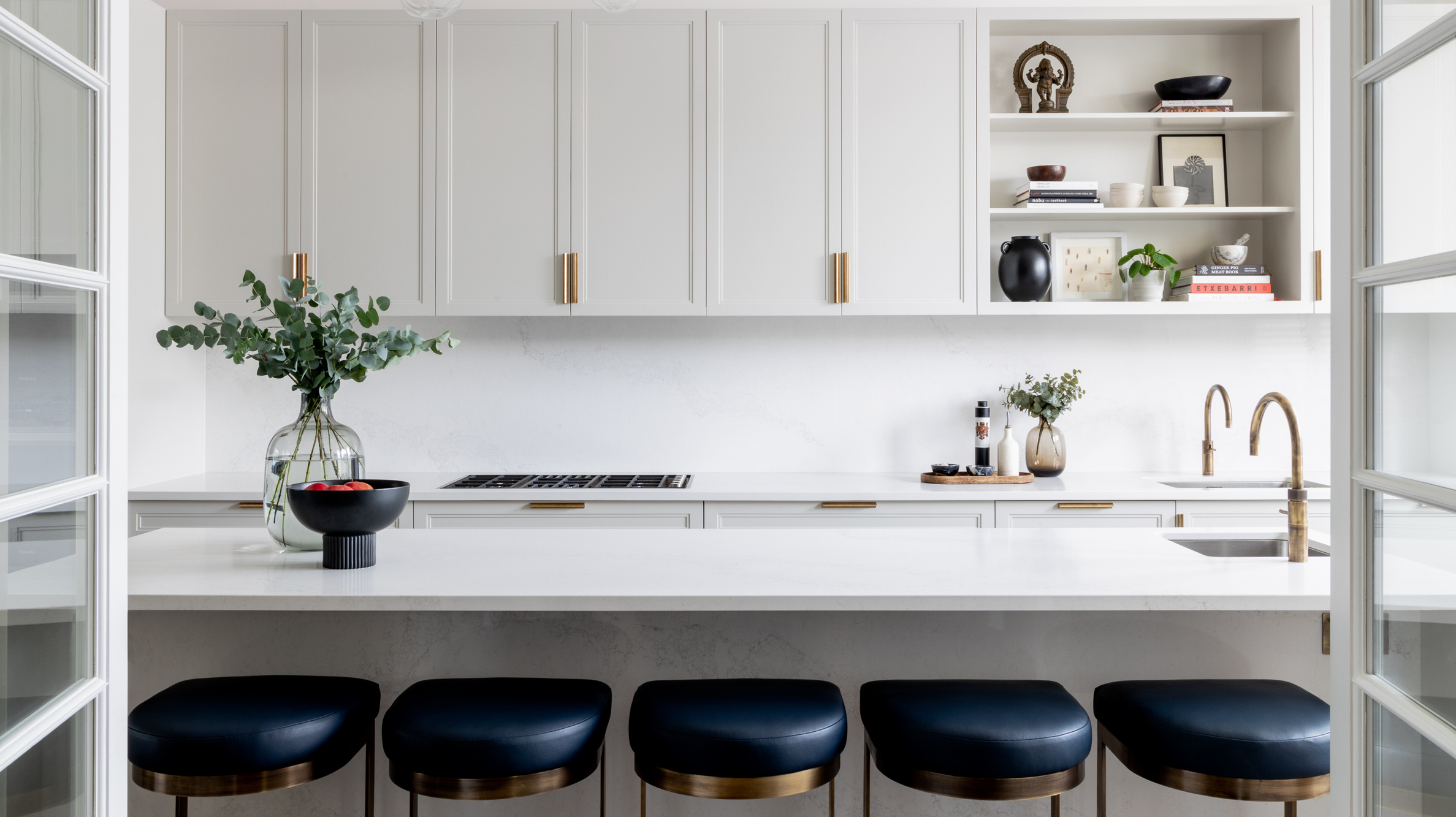
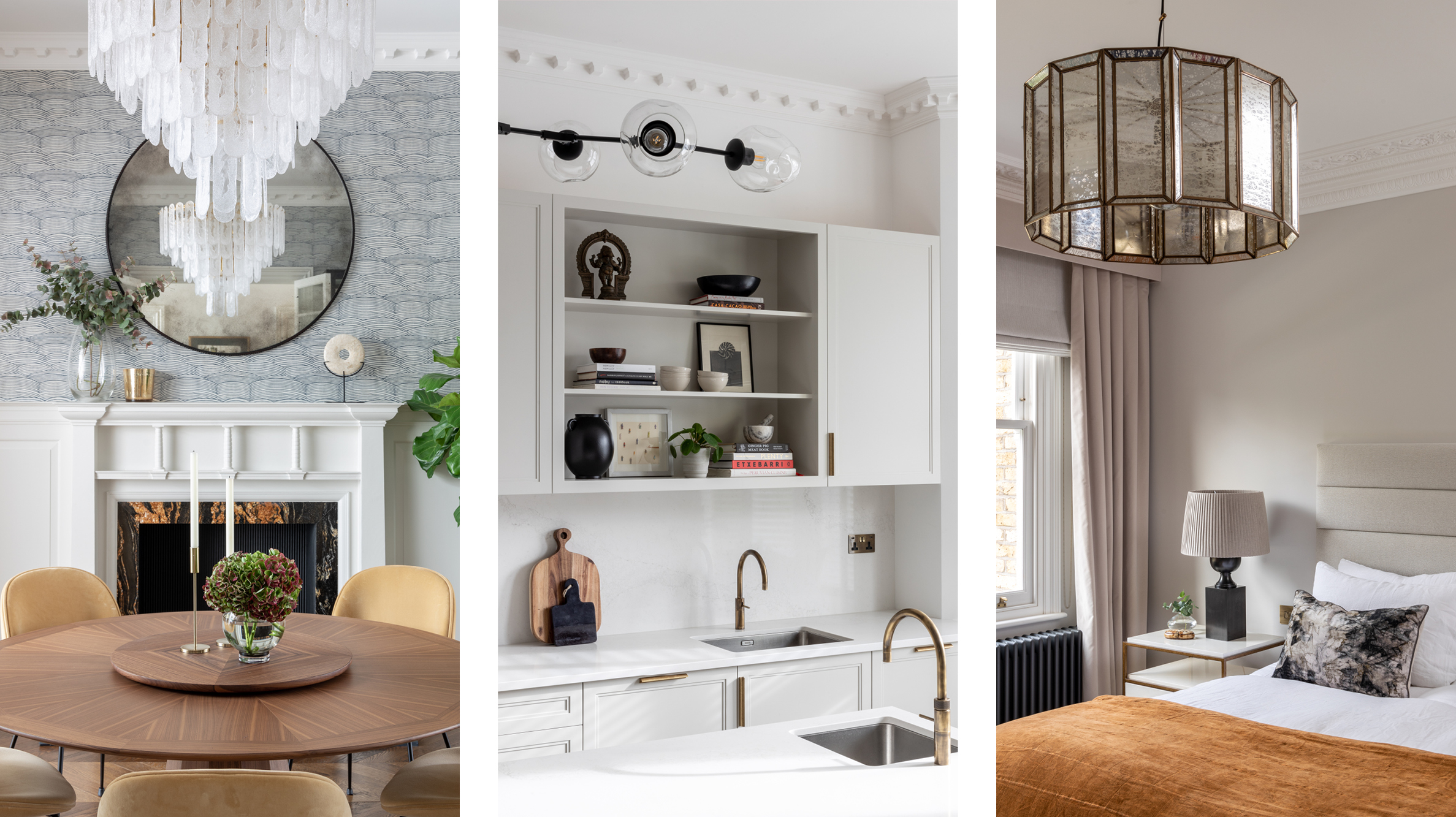


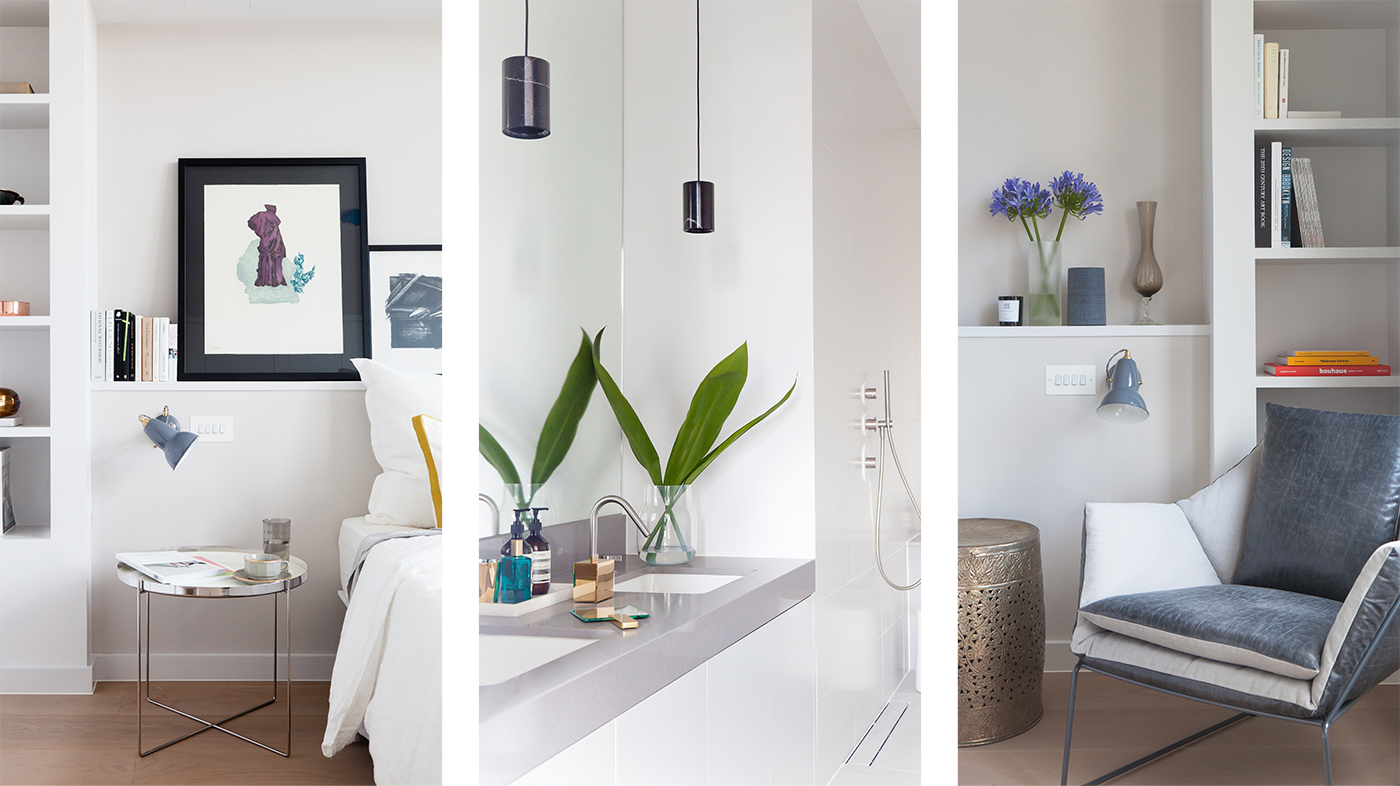



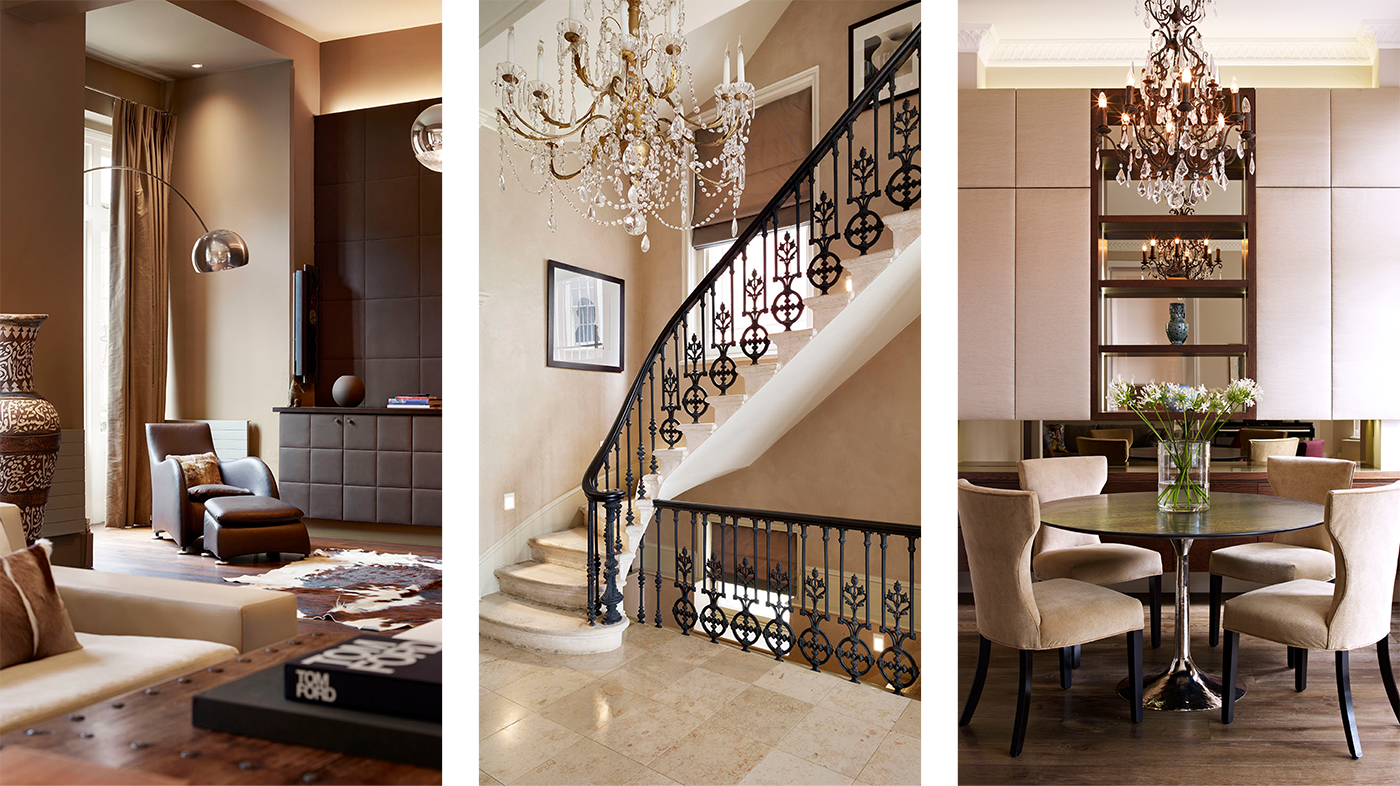
Côte d'Azur • London • Los Angeles • New York • Paris
Illuminating 2023: Perfecting Your Interior Lighting Design with Callender Howorth
In an era where the home is more than just a space; it’s an expression of lifestyle and personality, getting the interior lighting right has never been more crucial. In 2023, the world of interior lighting has evolved, presenting fresh trends and timeless principles. Callender Howorth, one of the UK’s premier international luxury interior design practices, renowned for their stunning portfolio and memorable residential interiors, shares their expertise in illuminating your home with perfection.
Understanding the Layers of Light
To embark on the journey of perfecting your interior lighting, think in terms of layers, from ceiling to floor. The first step is to grasp the unique purpose of each room in your home. Whether it’s a relaxation haven or a vibrant reception area, understanding how the space will be used is fundamental to selecting the right lighting strategy. Gone are the days of relying solely on ceiling downlights to flood the room with light. Instead, they should be thoughtfully employed to highlight key features such as artwork or exquisite joinery, adding depth and character to the space.
Creating a Harmonious Lighting Ensemble
In your pursuit of perfecting your interior lighting, envision a symphony of light that harmonises every element of your space. Start by strategically placing downlights along the room’s perimeters, casting an artful illumination on cherished artwork and luxurious curtain fabrics, infusing the environment with a gentle, inviting warmth. Elevate the ambiance to a new level with a captivating pendant light—a statement piece that adds a personalised signature to the room’s character. To orchestrate a soft and inviting atmosphere, tailor a 5A circuit that bathes the lower portion of the room in a serene glow, dispelling the often cavernous feeling that plagues period properties in London.
However, don’t underestimate the enchantment of uplights, your secret weapon to create mesmerising focal points. Use them thoughtfully to accentuate doorways, emphasise the grandeur of fireplaces, or draw attention to the unique architectural features that define your space. And if your ceiling offers the canvas, consider the timeless sophistication of a coffered ceiling adorned with spotlights—a touch of opulence that not only conceals curtain tracks but also imparts an air of grandeur, making the room feel loftier and more sumptuous than ever before.
Mastering Lighting Control
In the modern era, lighting control systems have become widely accessible. Even when implemented in a single room, they revolutionise the way you interact with your space, allowing you to create scenes rather than manually adjusting individual circuits. Scene control is the key to effortlessly switching between different lighting moods throughout the day, all at the touch of a button. Once you’ve experienced the convenience of lighting control, you’ll wonder how you ever lived without it.
Final Words
In the quest to perfect your interior lighting design, remember that lighting is not merely functional but an art form in itself. It has the power to transform a room, evoke emotions, and elevate your living experience. As you embark on this illuminating journey, consult with experts like Callender Howorth to tailor your lighting solutions to your unique space and lifestyle. With over 25 years of experience and a passion for design, Callender Howorth is poised to help you achieve exceptional design and renovation, whether it’s restoring listed London town homes or crafting state-of-the-art penthouses in Manhattan. Don’t let your lighting be an afterthought; let it be the masterpiece that defines your home. Illuminate 2023 with the expertise of Callender Howorth, where interior lighting meets artistic expression.
For personalised lighting solutions and to bring your interior lighting vision to life, contact Callender Howorth today. Your journey to the perfect illumination begins here.
















Côte d'Azur • London • Los Angeles • New York • Paris
What Are the Top Five Lighting Design Trends for 2023
Lighting design is a dynamic architecture field vital in creating our living and working spaces’ ambience, functionality, and aesthetics. As technology advances and design sensibilities shift, new lighting trends emerge, offering fresh perspectives on how we illuminate our environments. In exploring the top five lighting design trends, we delve into the captivating world of innovative luminosity.
From sustainable solutions that embrace energy efficiency to the integration of smart lighting technology that grants us unprecedented control, as well as a vintage comeback, these trends are transforming the way we perceive light and influencing the essence of modern interior and exterior design.
LED Lighting
With growing awareness of environmental issues, the prominence of energy-efficient lighting solutions has surged. LED technology has taken the lead due to its extended lifespan, reduced energy consumption, and versatile design possibilities. Love them or not, LEDs have secured their place and the importance of stylish, sustainable, and energy-efficient lighting has been a trendsetter and a favourite in the lighting sphere.
In recent years, competition has unfolded among light bulb manufacturers to introduce energy-saving alternatives to the widely used traditional incandescent filament bulb. As a result, several manufacturers have stepped up to the challenge, now offering dimmable LED, black light, and high light iterations of Edison’s original incandescent invention.
In summary, LED lighting offers numerous benefits due to its energy efficiency, extended lifespan, and versatility in design. They consume less energy than traditional bulbs, reducing electricity bills and environmental impact. With a longer operational life, they require fewer replacements, reducing waste. Their compact size and directional illumination enhance design possibilities.
Smart Lighting
Incorporating smart technology into lighting systems has enhanced control and personalisation. This encompasses functionalities such as remote manipulation, dynamic colour changes, and the capacity to adapt lighting intensity according to time or activities. LED technology has solidified its presence, and now smart lighting controls are the imminent trend.
The familiar dimmers and sensors are evolving with the help of smart technology. Wireless devices are considered standard, with smartphones and tablets commonly serving as remote controls for home lighting. However, lighting has transcended its traditional role. The refinement of Li-Fi, which employs light for communication similar to Wi-Fi, is currently revolutionising homes, shops, and indoor spaces.
Smart lighting offers enhanced convenience and energy efficiency. It allows remote control, adaptable brightness, and colour variations. Automated scheduling based on activities or time of day promotes comfort. Integration with smart devices streamlines control, reducing the need for manual adjustments. Overall, it optimises lighting experiences while conserving energy and reducing costs.
Biophilic Lighting
The biophilic design represents a harmonious synergy between the natural world and the built environment, ushering the outdoors into our indoor spaces. In the realm of lighting design, this trend takes on a transformative role, as it seeks to infuse interiors with the serenity and vitality of nature for home lighting. Lighting fixtures inspired by biophilic design often incorporate organic shapes, hues, and textures reminiscent of the outdoors. These designs may mimic the dappled sunlight filtering through leaves or the gentle glow of a sunset, evoking a sense of calm and connection in contrast to high light.
Biophilic lighting supports human circadian rhythms by simulating natural lighting conditions, promoting better sleep patterns and overall well-being. The integration of this design philosophy isn’t merely aesthetic; it’s grounded in scientific research that highlights the positive impact of nature-inspired environments on mental and emotional health. Biophilic lighting’s ability to reduce stress, increase productivity, and enhance cognitive function makes it a compelling choice for spaces ranging from offices to healthcare facilities.
Embracing biophilic design through lighting fosters a sense of tranquillity and encourages a rekindled relationship with nature. It serves as a reminder of our innate connection to the natural world and its profound influence on our physical and psychological harmony.
Pendant Lighting
Pendant lighting has emerged as a significant trend in interior design, captivating both homeowners and designers alike. This trend is fueled by the unique blend of functionality, aesthetics, and versatility that pendant lighting brings to various spaces.
One of the key benefits of pendant lighting is its ability to serve as a statement piece. These fixtures come in various styles, sizes, and materials, allowing them to effortlessly complement any interior decor theme. Beyond aesthetics, pendant lighting offers practical advantages. Suspended from the ceiling, like chandelier lighting, pendants provide focused and localised lighting, making them ideal for task lighting in specific areas.
Pendant lighting also excels in its adaptability. These fixtures cater to various lighting needs and preferences with adjustable heights and light intensity options. Additionally, the availability of dimmable pendant lights allows for creating diverse atmospheres, from bright and refreshing to soft and intimate, enhancing the mood of any space.
In open-concept layouts, pendant lighting can serve as a visual guide that delineates different zones within a room. This helps define each area’s purpose and creates a sense of coherence in the overall home lighting design.
One such installation of multiple pendants was carried out by Blackburn based design company Tyson Lighting. “We wanted to use the filament lamps in the scheme as we love the beautiful ambiance that they create. The warm glow that they give off really adds an edge to the surroundings and can be the difference between a good scheme and a great scheme” says Bunmi Fayomi the Commercial Manager at Tyson Lighting. “We love the quality of the Alchemist fittings and the combination with the Edison lamp really adds something different to the design”.
Chandeliers
One of the standout trends this year is the resurgence of chandeliers, especially the smaller versions known as ‘mini’ chandeliers. Chandeliers have evolved significantly over time, and the compact ‘mini’ chandelier is swiftly becoming the preferred choice for lighting focal points, especially in smaller areas like studio apartments. However, there’s still a strong demand for grand and opulent chandeliers, catering to clients who are ready to invest more in creating a lavish atmosphere.
Vintage Lighting
Vintage lighting has captured the imagination of interior designers and homeowners alike, becoming a compelling trend that bridges the past and present. This can be attributed to the unique charm, nostalgia, and timeless appeal that vintage lighting fixtures such as lava lamps or refurbished spotlights bring to modern spaces.
One of the standout benefits of vintage lighting is its ability to infuse a sense of history and character into contemporary interiors. These fixtures often bear the craftsmanship and design sensibilities of bygone eras, creating a captivating juxtaposition within modern surroundings. Vintage lighting pieces tell stories of different eras, acting as functional art that sparks conversations and engages the imagination.
Vintage lighting’s adaptability is another factor contributing to its trendiness. These fixtures seamlessly blend with various design aesthetics, from rustic and industrial to traditional and eclectic. They possess a versatile aesthetic that integrates into diverse interior styles, bridging classic and contemporary design sensibilities.
Ultimately, the resurgence of vintage lighting signifies a yearning for authenticity and a desire to pay homage to the design heritage of previous generations. This trend isn’t just about lighting; it’s about preserving the past, celebrating craftsmanship, and creating interiors rich with character and depth.
Garden Lighting Trends in 2023
Over recent times, the selection of garden lighting fixtures like bollard, path, step, and wall lights has expanded impressively. However, what’s truly transformed is the widespread integration of LED technology and its innovative applications. Nowadays, the focus is on setting the perfect ambiance and mood, establishing a seamless connection between indoor and outdoor spaces. Outdoor lighting has evolved into an art, prompting interior designers to take a keen interest in exterior lighting plans and garden layouts. This shift signifies the evolving relationship between design disciplines and the outdoor living experience.
How Can We Help
Callender Howorth is the place for those passionate about staying ahead of the curve in interior design and eager to explore the latest design trends. As a luxury interior design practice renowned for its expertise in creating breathtaking and trendsetting spaces, Callender Howorth is your partner in bringing your design visions to life.
With a keen eye for detail and a deep understanding of design nuances, we are at the forefront of the design industry, shaping the future of interior aesthetics. To embark on a design journey that transcends time and captures the essence of today’s most alluring trends, reach out to Callender Howorth and let us guide you toward a world of elevated and timeless elegance.
















Côte d'Azur • London • Los Angeles • New York • Paris
Reflecting on Salone del Mobile 2016 in Milan
The biggest names in furniture design descended upon Milan for the 54th Salone Internazionale del Mobile. The annual Milan Furniture Fair showcases the latest innovations in international furniture and design from the very best luxury interior designers. The event took place on 12th-17th April 2016 and encompassed everything from lighting to specialist home furnishings. This year, Salone del Mobile celebrated the biennial Eurocucina exhibition with 120 international brands who displayed their quality kitchen products spread out over 23,000 square metres. It also dedicated time to emerging talent under the age of 35-years-old who exhibited their work at the 19th edition of Satellite, a popular secondary exhibit.
[huge_it_slider id=”1″]
The week-long event is really the place to be for interior architects and design enthusiasts. From offsite events and installations to product presentations and launches, Salone del Mobile does not disappoint. We’ve selected a few of our favorite pieces that were exhibited at the 2016 trade fair.
1.The Shoe Tree – Beatrix Ong and Samuel Chan
Wallpaper* magazine’s ‘Handmade’ exhibition is always one of the fair’s highlights. This year, British shoe designer Beatrix Ong MBE and Samuel Chan, founder of the artisan collective Joined and Jointed, collaborated to bring the ‘Shoe Tree’ to Milan. It’s a moveable and flexible tower of American black walnut shoeboxes which tackles the problem of shoe storage in an aesthetically pleasing way. The Shoe Tree comprise 15 shoe boxes that rise upwards with each box containing a small window so you can glimpse the shoes inside. Samuel Chan commented that “Boxes are intriguing; they hold surprises and invite discovery. They are also useful…Beatrix wanted to express this combination of intrigue and utility.”
2. “Reality or Illusion?” – Foscarini
Lighting brand Foscarini are always innovative and stylish and this year they brought more food for thought to the Salone del Mobile. Enlisting designer/architect Ferruccio Laviani to experiment with size and scale in a graphic world, the team created colourful illusions aided by oversized Foscarini lamps. It was a real ‘Alice in Wonderland’ experience.
3. The Butler – David Chipperfield
Another interesting design from the Wallpaper* Handmade section was David Chipperfield Architects contribution to this year’s theme of ‘Travel’. It was designed to deal with the reality of unpacking in hotels. David Chipperfield described his inspiration: “Most hotels have badly designed wardrobes and cupboards. They are not well organised and unpacking your suitcase is not enjoyable. The idea of Butler was to design a ‘dressing table’ that makes unpacking in a hotel room a joy.” His team collaborated with furniture-makers e15 and the American Hardwood Export Council (AHEC) to use American willow in creating the bespoke piece of furniture that makes unpacking enjoyable and convenient.
4. Run Tables – Emeco
In these space-deprived and community-oriented times, people often share the same surfaces for different activities. With this in mind, London studio Industrial Facility created an aluminium and ash table, bench and shelf system for American brand Emeco. The design was based on communal space, and Industrial Facility’s co-founder Sam Hecht described his inspiration, “The way we use tables is changing; we could be having a conversation or a meal and someone could be sat next to us working on their laptop, and we wouldn’t feel it’s weird.” The collection comprises a shelving unit, a table and a bench, which feature plank-like surfaces available in either anodised aluminium or three types of wood.
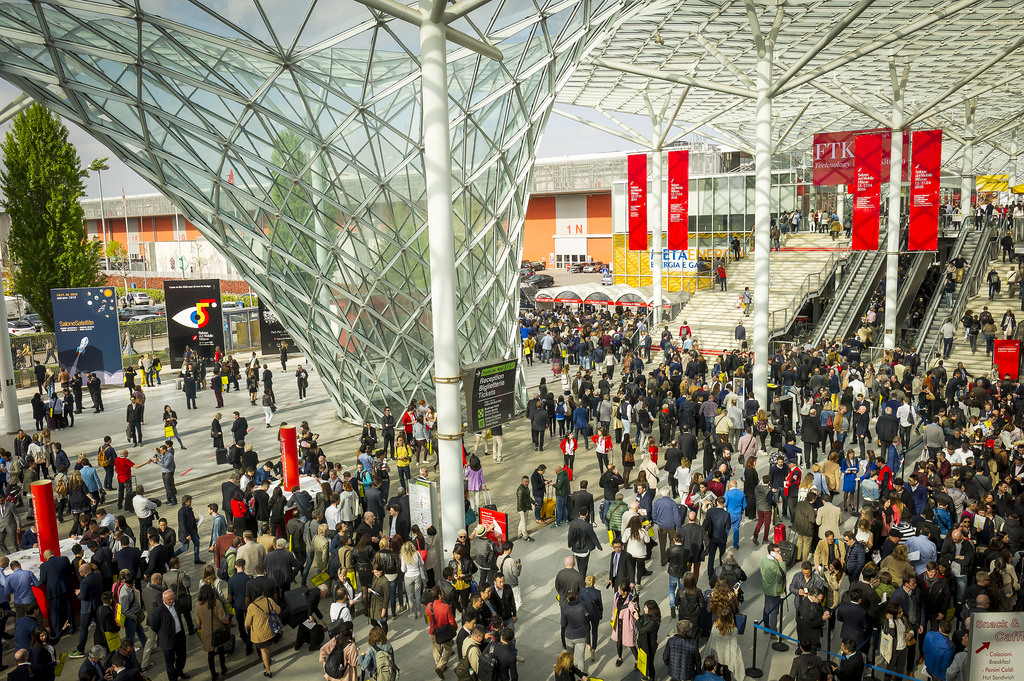
This year’s Salone del Mobile was one of the most successful yet and there was plenty of inspiration available to interior architects and designers. Contact Callender Howorth to discuss your interior design requirements.
Images courtesy of Salone Milano.
Luxury Interior Designers & Architects in London
Callender Howorth © 1997-2025
